Adjusting the condition of TMJ makes your lower jaw grow healthy
For those who think that orthodontic treatment is just about aligning teeth, I would like you to know that what is essential for proper orthodontic treatment is "understanding the condition of the temporomandibular joints(TMJ)''.
Everyone knows that the foundation is important when building a house. If a house is a set of teeth, the TMJ is the foundation of that house. If both the foundation that supports the building and the framework of the building itself are not strong, the house will not be stable.
The same goes for orthodontic treatment. The TMJ is the foundation for aligning teeth during orthodontic treatment. The lower jaw bone has teeth on one end and connects to the left and right TMJ at the other. If the joints are distorted, even if the upper and lower teeth appear to be lined up neatly, the bite will be unstable and not functional. As we will see later, during the growth period, the condition of the TMJ is involved in the growth of the lower jaw, influencing its size and shape.
I feel that many of the patients who come to our office have problems with their TMJ. See the pictures below.
【First Visit】
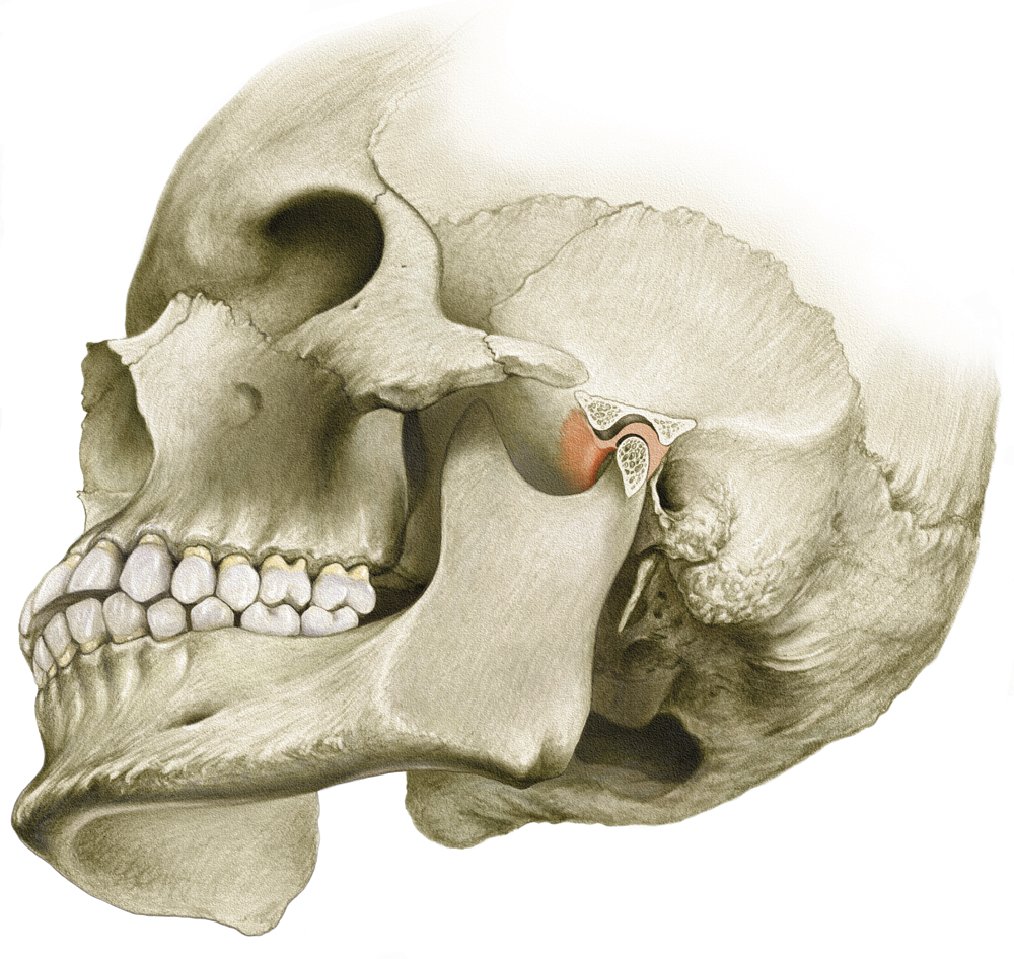
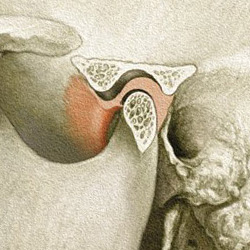
This is the bite that patients often show during their first consultation. At first glance, the teeth appear to be aligned well, but the TMJ, which is the foundation of the bite, is loose. The TMJ is misaligned and unstable.For such patients, we first perform splint treatment to stabilize the lower jaw first. Then it becomes like this.
【Post Splint Treatment】
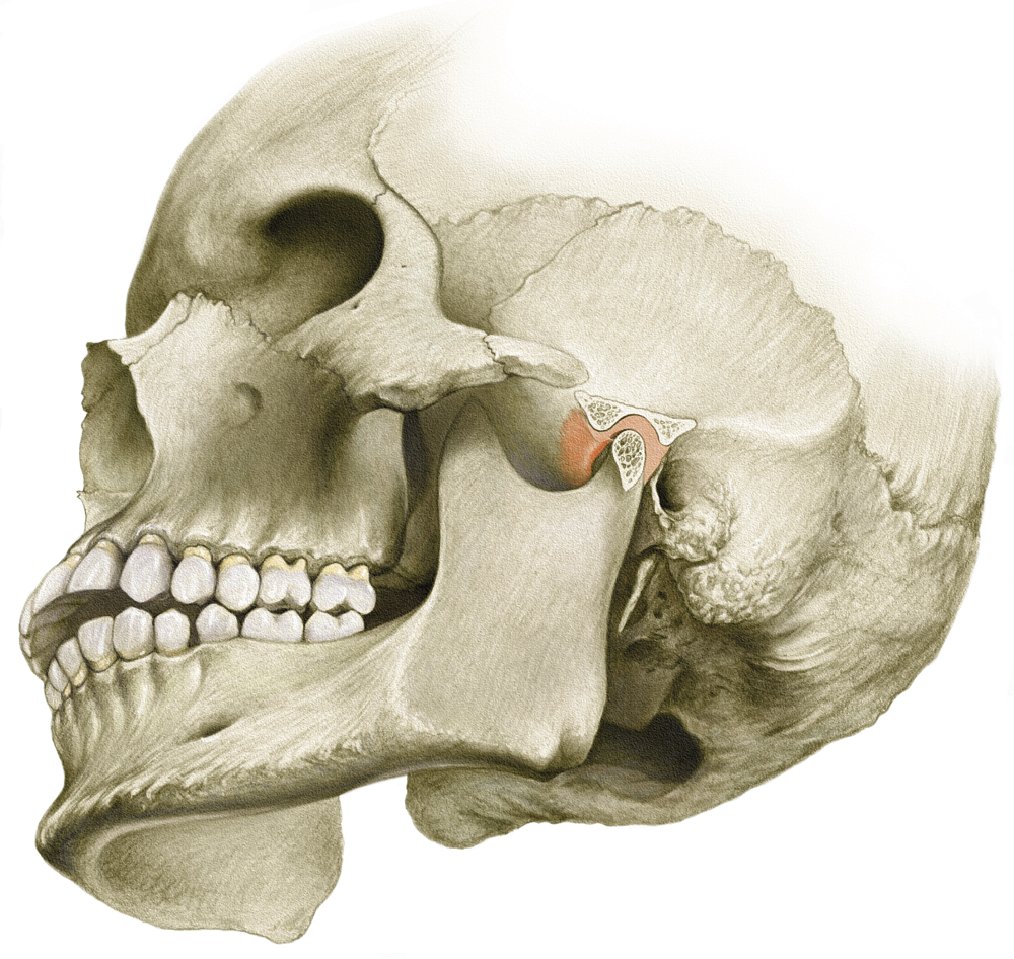

The joints were stabilized. But the bite between the upper and lower teeth was misaligned because the lower jaw, where the lower teeth are located, moved backward. The greater the misalignment of the TMJ, the larger the gap between the upper and lower teeth will be when the jaw position is stabilized.
Now the orthodontic treatment finally begins. In order to achieve a stable joint and a good fit for the teeth, appliances are attached and treatment is performed while being careful not to shift the jaw position, harmonizing the alignment of the teeth and the left and right jaw joints.
【Post treatment】
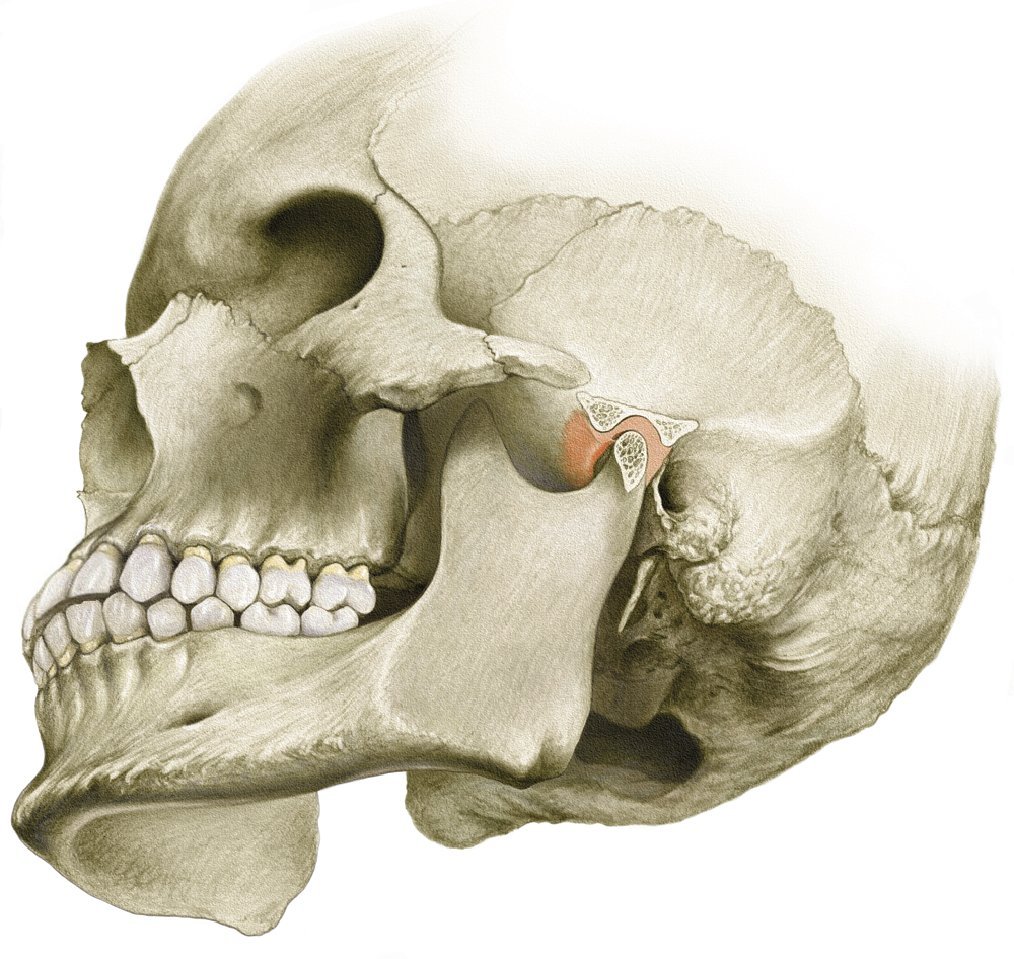
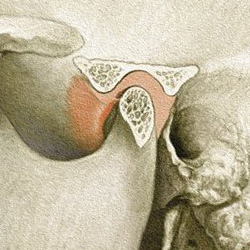
There was no looseness in the jaw joint, and the upper and lower teeth fit together well in the mouth. This is the harmony of the jaw joint and bite.
The goal of Hillside View Orthodontics is to establish a bite that not only fits the teeth well, but also provides stability for the jaw joint.
Well, treating the TMJ can have very positive effects. I will show you a case where the growth of the jaw improved in a patient with a receding lower jaw.
The following patient first visited my office at the age of 10. She had a receding lower jaw and protruding upper teeth. This would make it difficult for her to eat and speak.
【First Visit】
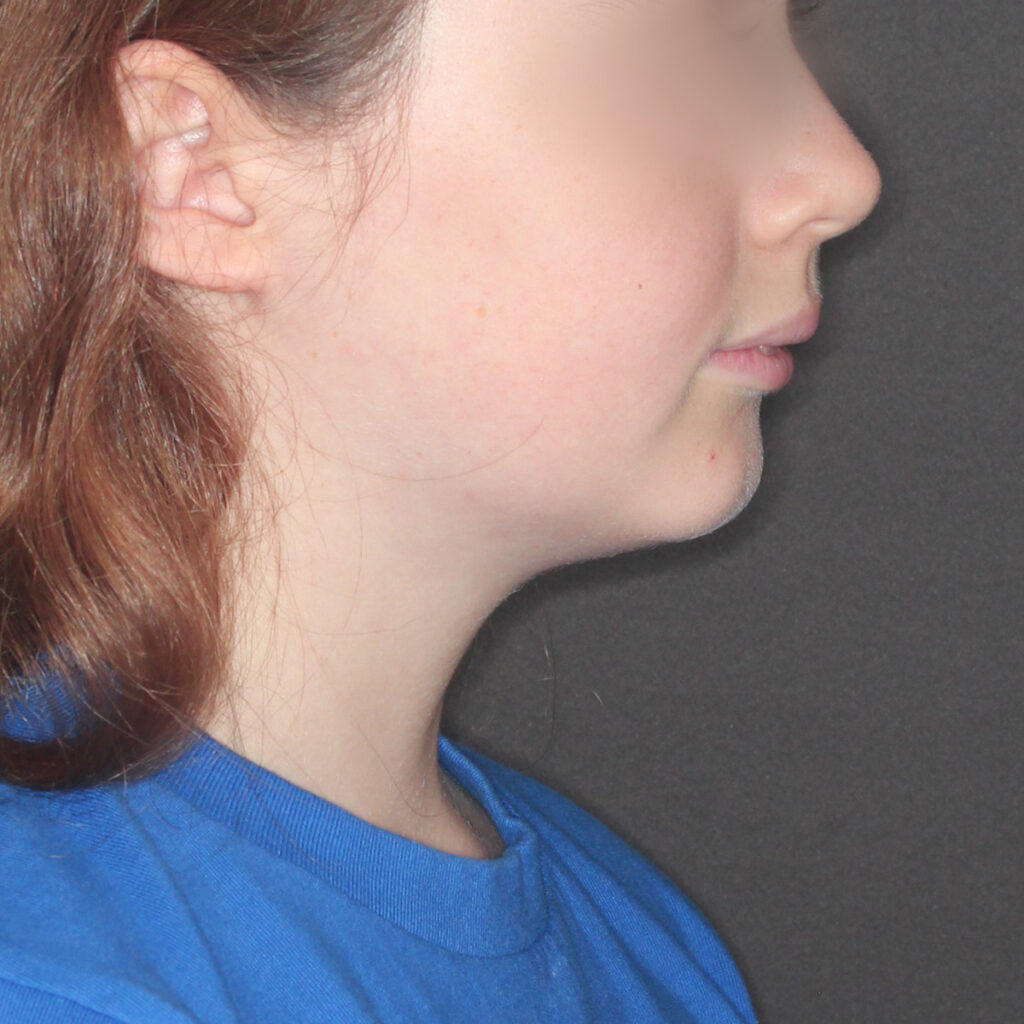
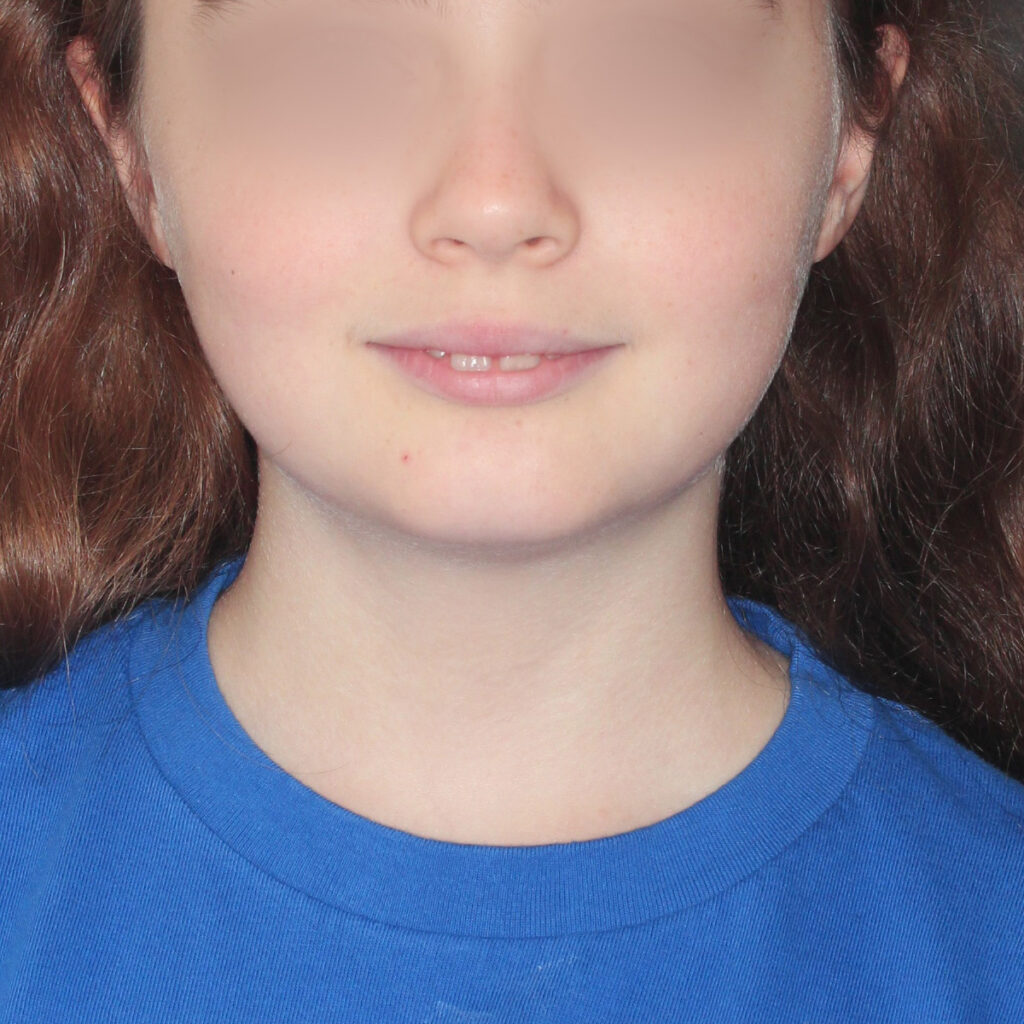
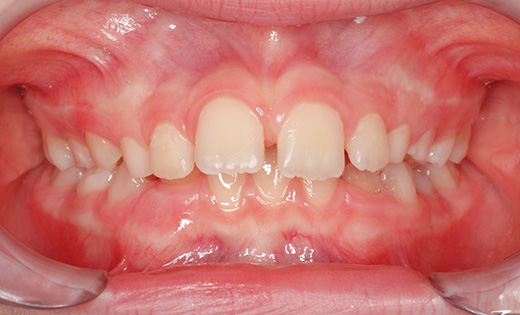
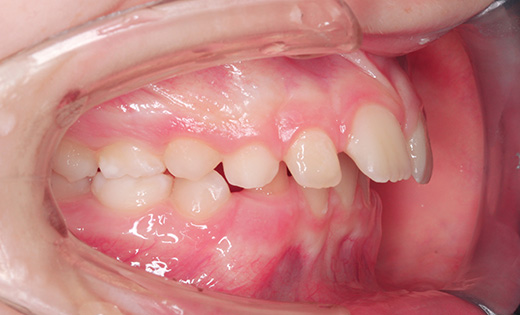

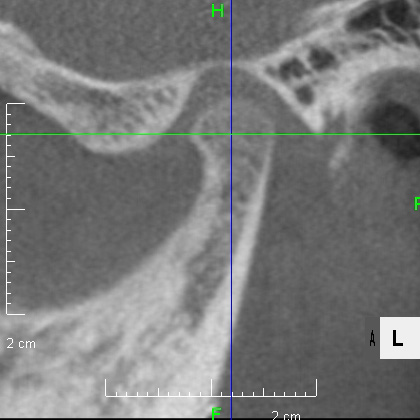
This is the condition of the TMJ at this time. Although they cannot be seen with the naked eye, their condition can be accurately determined using CT or MRI. The bottom photos are CT scans. MRI information shows that disc displacement exists in both joints. A splint is used to adjust the condition of TMJ. Below is the condition one and a half years after the completion of the primary treatment.
【Post Primary Treatment】
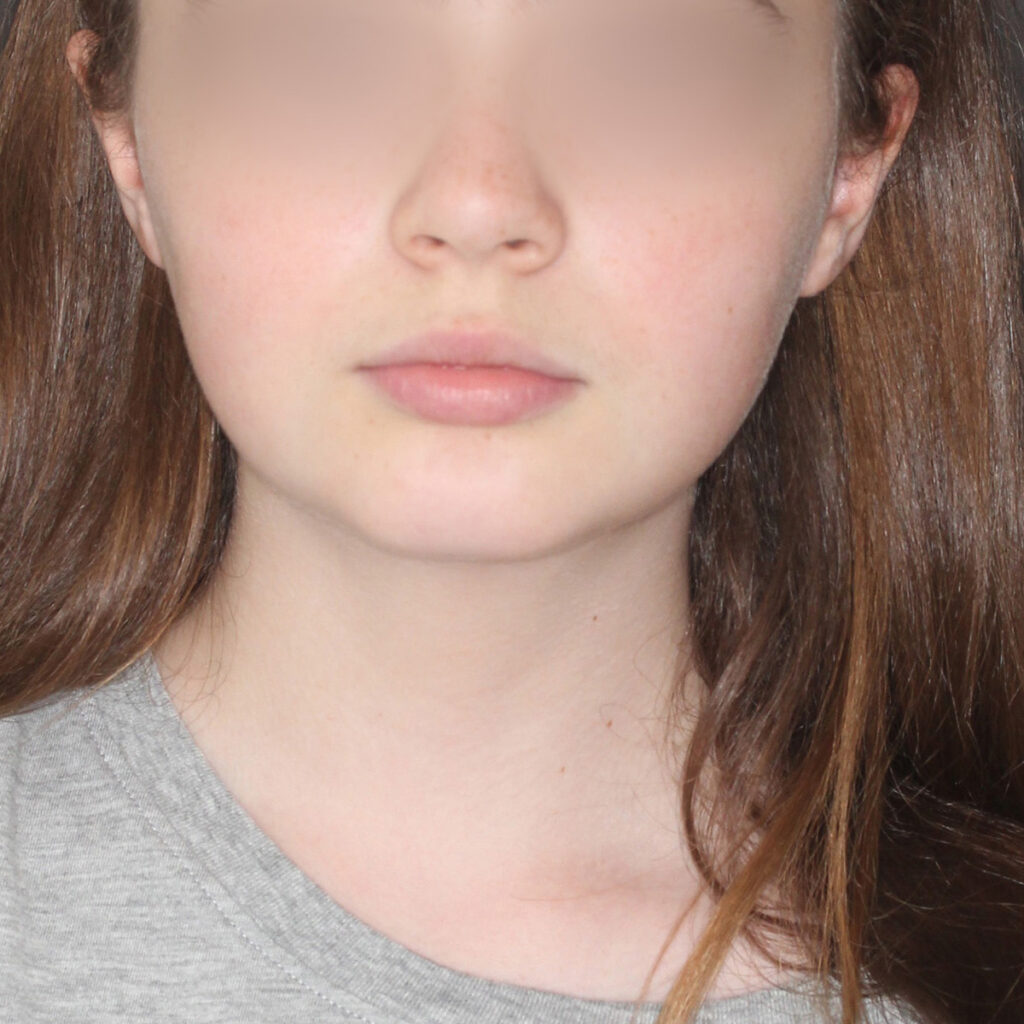
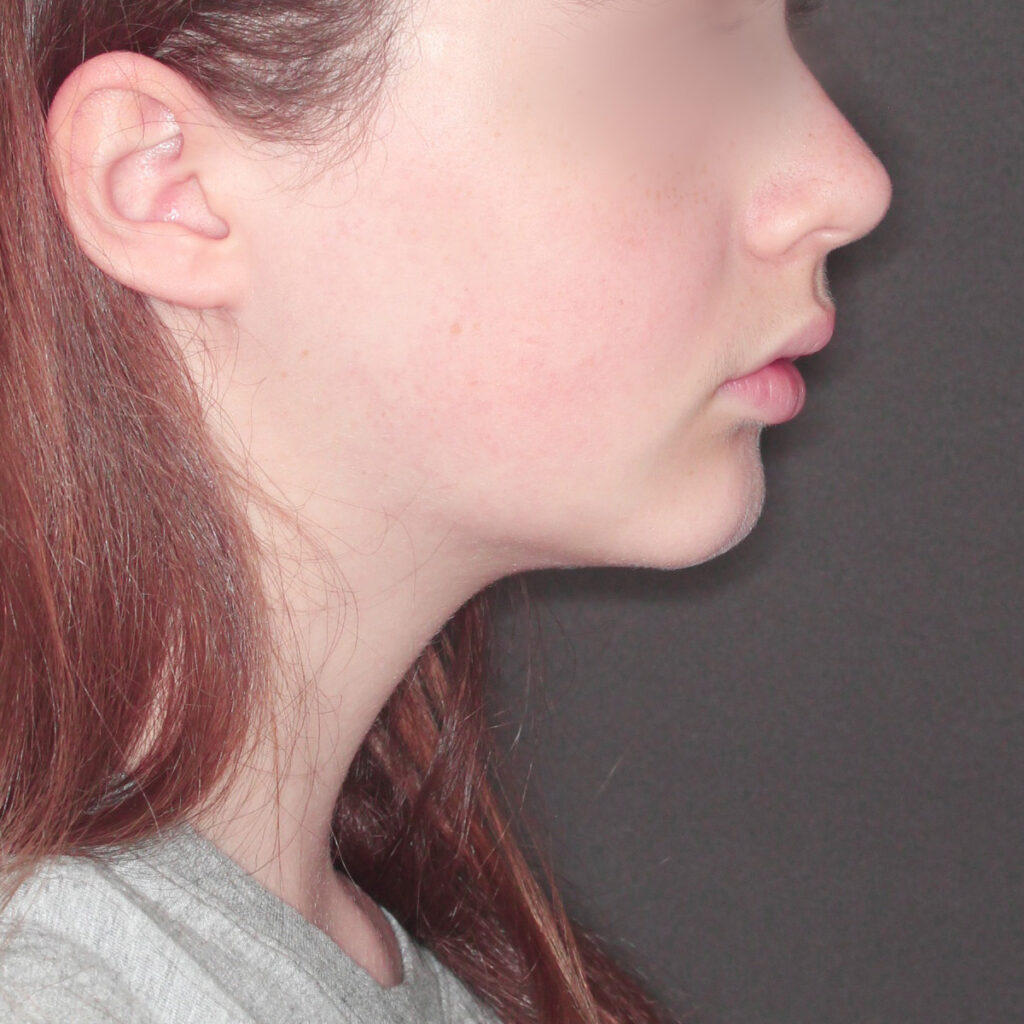
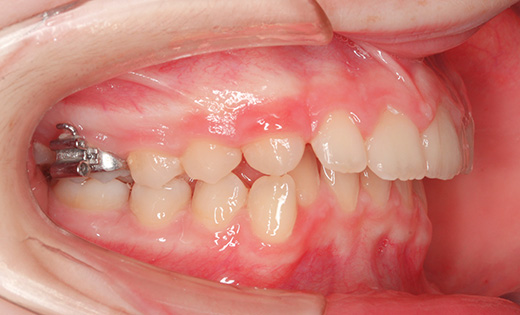



The growth of the upper jaw is also being controlled. The splint treatment has allowed the condyles on both ends of the lower jaw to fit into the joint, and the growth of the mandible is also improving. Her lower jaw has come forward, and the bite in her mouth has improved. The important thing about this treatment is to improve the condition of the TMJ as early as possible.
Here is a photo after the treatment.
【Post Treatment】
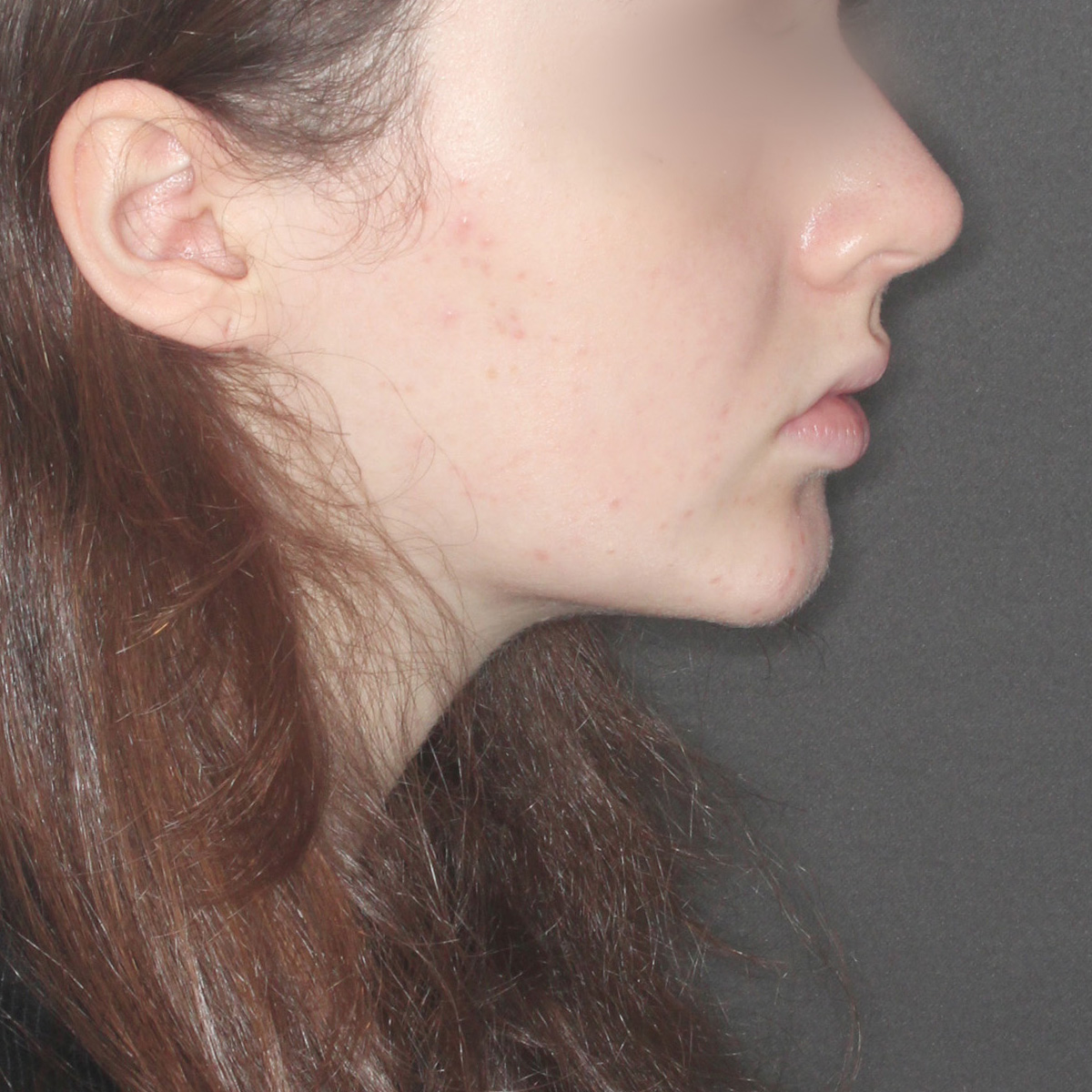
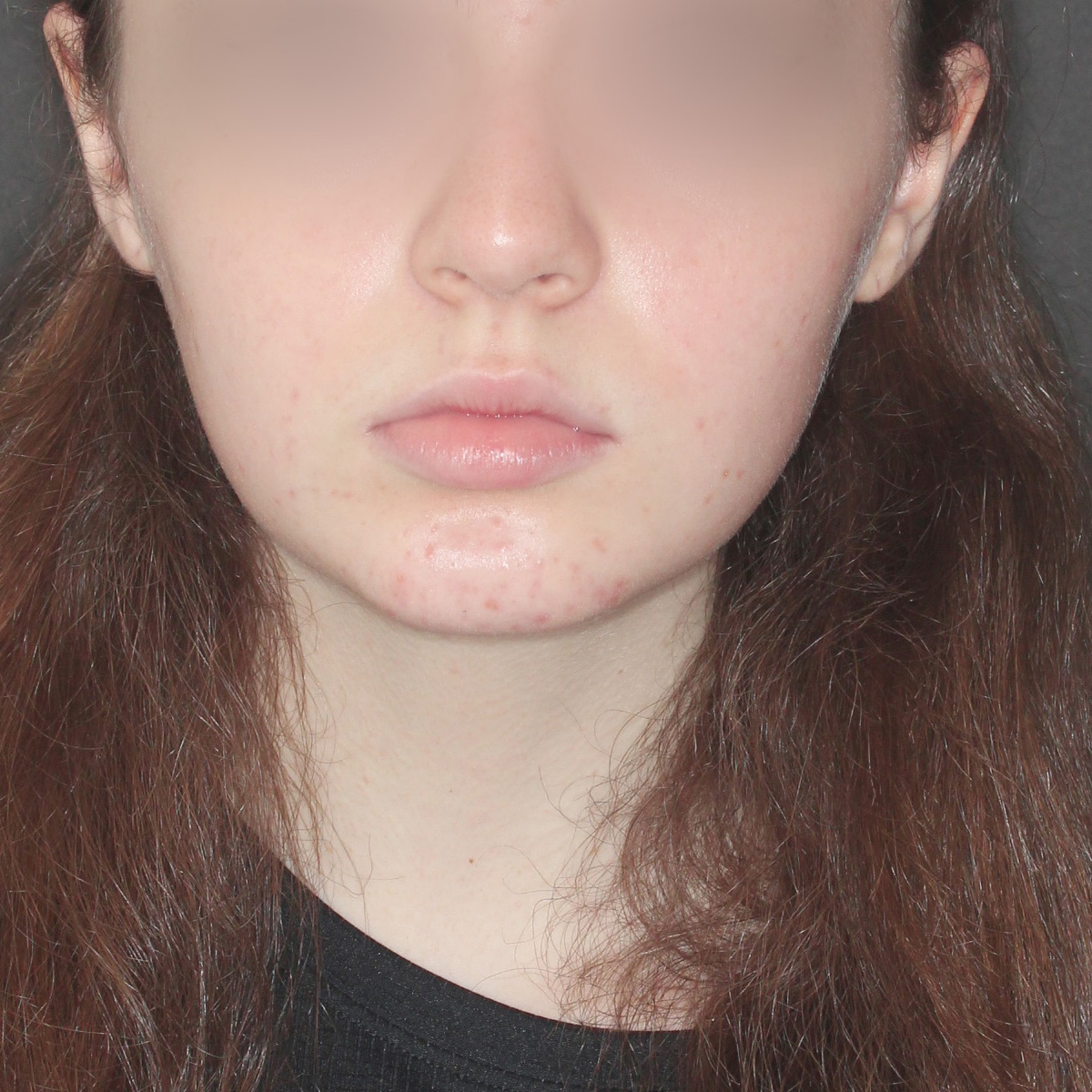
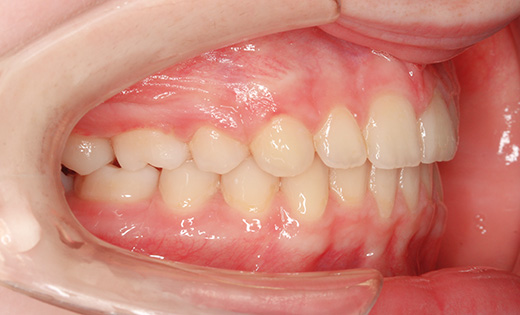
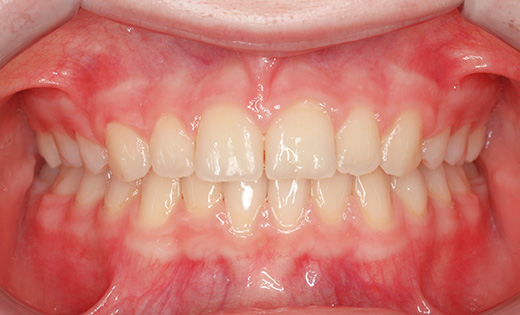
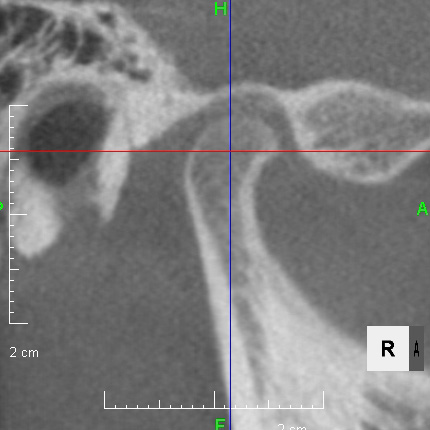
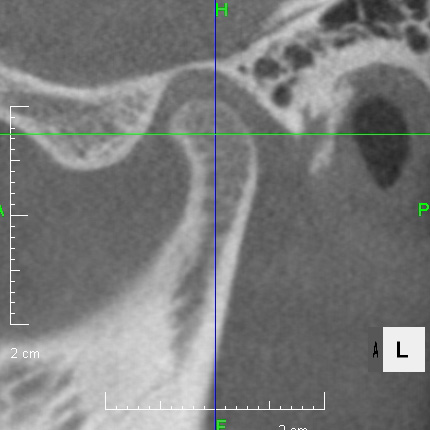
The lower jaw continues to grow steadily even during orthodontic treatment. Appropriate orthodontic treatment can support the growth of the lower jaw and help create a beautiful face. Only when there are healthy left and right TMJ and a harmonious bite between the teeth, the harmony between the TMJ and bite can be achieved, and that bite can be sustained.
Regarding the TMJ, about 30% of adults who have no symptoms have a misalignment in the jaw joint, and if they have had or currently have some symptoms such as clicking, catching, or pain in the joint, then 100% have a misaligned disc. Moreover, this disc misalignment may have already started during childhood, and it can affect the growth of the lower jaw, causing it to become smaller, opening the mouth, and causing facial asymmetry.
